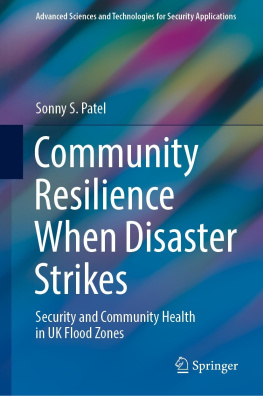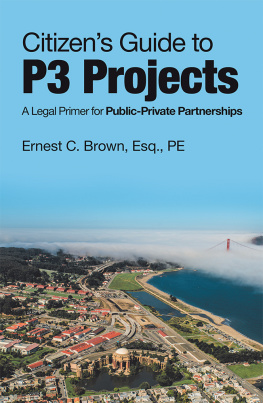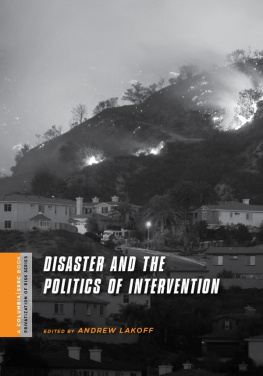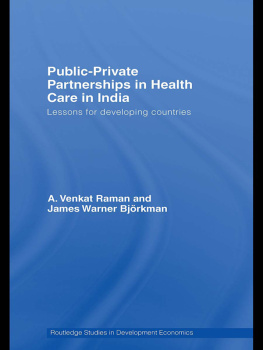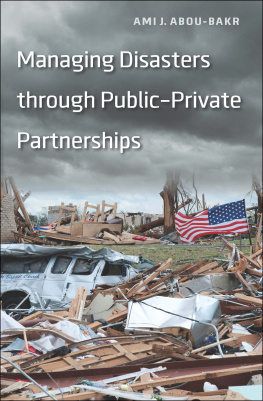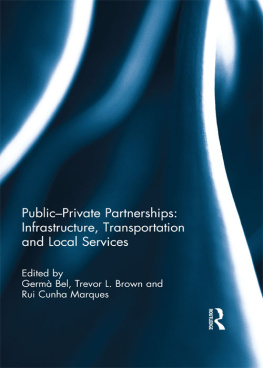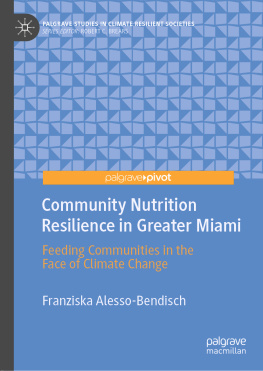| About the Authors
Stephanie SanokKostro is a senior fellow in the CSIS International Security Program and served as acting director of the CSIS Homeland Security and Counterterrorism Program from January 2013 until August 2014. She currently focuses on a range of seam issues affecting defense, foreign affairs, and development. Prior to joining CSIS, Mrs. Kostro served with the State Department at the U.S. embassy in Baghdad, as a senior professional staff member on the U.S. House of Representatives Committee on Armed Services from 2005 to 2008, and as a presidential management fellow and foreign affairs specialist at the Department of Defense from 1998 to 2005. Mrs. Kostro is the author of several CSIS reports, including Citizen-Soldiers in a Time of Transition: The Future of the U.S. Army National Guard (CSIS, May 2014), and she holds an MPP from Harvard University and a BS in communications from Cornell University.
___________
Garrett Riba is a consultant with the CSIS Homeland Security and Counterterrorism Program and an MA candidate in security policy studies at the George Washington University, concentrating in homeland security and transnational security policy. He has authored and coauthored publications on a variety of topics, including homeland security strategy, the future of the Army National Guard, and the resurgence of al Qaeda in Iraq. He received BAs in criminal justice and Spanish from the University of Georgia.
| Acknowledgments
This study and the resulting report would not have been possible without invaluable contributions from several individuals and groups. Special thanks go to the numerous subject matter experts who willingly provided enormous insight (through one-on-one, not-for-attribution interviews), in order to inform the study team and improve the reports background, findings, and recommendations.
Several current and former members of the CSIS staff deserve credit for their valuable research, writing, and administrative contributions, which proved fundamental to the study. Thanks to Mr. Rob Wise, Ms. Ashley Nichols, and Ms. Abigail Temoshchuk for their flexibility and support.
The study team owes a special debt of gratitude to Ms. Lori Bertman, president and CEO of the Irene W. and C.B. Pennington Foundation, who served as an excellent sounding board for the study team and provided both helpful guidance and a thorough final review of this report.
Finally, the authors would like to thank the Irene W. and C.B. Pennington Foundation for its generous support of this study and report.
Although this report benefited greatly from many individuals expertise, the content is the sole responsibility of the authors and should not be construed to represent the individual opinion of any expert or group external to the Center for Strategic and International Studies. Any errors contained herein are the responsibility of the authors alone.
1 | Introduction
W hen Hurricane Katrina swept across the Gulf Coast of the United States in 2005, it subjected communities to massive destruction and devastation. It destroyed homes, closed businesses, and left entire populations in need of food, water, shelter, medical care, and other basic requirements for survival. Nearly a decade later, some affected communities are still recovering from the impact of the storm. For example, although Southeast Louisiana has seen great economic improvements since Hurricane Katrina, it still struggles with population and land loss.
While hurricanes continue to strike the Gulf Coast, several other types of natural disasters combine to threaten communities across the nation year-round. These disasters have increasingly affected the well-being of individuals and families and hampered the ability of businesses, government, and other organizations to continue operating and providing essential services. The increase in the frequency and magnitude of disasters has severely stressed the resources of communities and the ability of the nation as a whole to rebound from such devastation.
The resilience of communities determines the extent to which they can sustain themselves in the face of disasters. This report adopts the definition of resilience used by the federal government: the ability to adapt to changing conditions and withstand and rapidly recover from disruption due to emergencies.
Responsibility for improving community resilience shifts among stakeholders over time, with private actors often assuming a greater burden once initial government recovery efforts conclude. For instance, since Hurricane Katrina, the number of arts and culture nonprofits serving the recovery needs of New Orleans has increased significantly. Given the increasing frequency and magnitude of disasters, the participation of each stakeholder in achieving resilience throughout each stage in the emergency management cycle has become vitally important. Additionally, as budgets continue to stagnate or shrink, finding efficient, cost-saving solutions has become a priority among all organizations involved. The development of multiple funding streams from the public and private sectors has emerged as an attractive and mutually beneficial option to ensure sustainability of efforts.
Promoting and ensuring cooperation among branches and levels of government and the private sector remains a significant challenge on the path forward. Since each group has separate responsibilities and, in many cases, particular priorities, finding common ground to enact positive change will require continued collaboration. This report looks at steps that could be taken by each group in order to improve their individual efforts and possible collective actions that could improve national-level efforts on community resilience.
Methodology
This report, made possible by the generous support of the Irene W. and C.B. Pennington Foundation, is an expansion of a 2013 CSIS white paper that described thoughts, viewpoints, and findings gleaned from the CSIS-Pennington Family Foundation Series on Community Resilience. Cohosted by the CSIS Homeland Security and Counterterrorism Program and the Pennington Family Foundation, the series included several in-depth discussions involving government officials, subject matter experts, academics, philanthropists, nongovernmental organizations (NGOs), and business and community leaders, all focusing on how best to strengthen the resilience of U.S. communities in disaster-prone areas.
For this report, CSIS used open-source research and several one-on-one, not-for-attribution interviews with executive branch officials, congressional officials, and other key stakeholders drawn from corporations, NGOs, philanthropic organizations, and other nonprofits. While the CSIS study team recognizes the shortfall in input from state and local governments, it proved impractical to examine the laws, regulations, and policies of each of the nations 54 states and territories. That said, the team did explore the involvement of state and local governments in public-private partnerships (PPPs); the sections of the report on executive branch and congressional actions, by necessity, center largely on the federal level. The findings and recommendations from this report are intended to provide guidance to all individuals and groups interested in making informed decisions about improving disaster resilience.
Outline of Report
Following the introduction, the second chapter of this report addresses recent trends in disasters, the consequences for different elements of the community, and the involvement of key stakeholders. The next three sections (chapters 3 through 5) focus on the specific issues and areas for improvement for the different stakeholders in light of the situation outlined in Chapter 2. These chapters discuss potential executive branch and congressional actions and explore the role that might be played by the private sector and PPPs. Finally, Chapter 6 contains conclusions and recommendations on improving community resilience to disasters.


